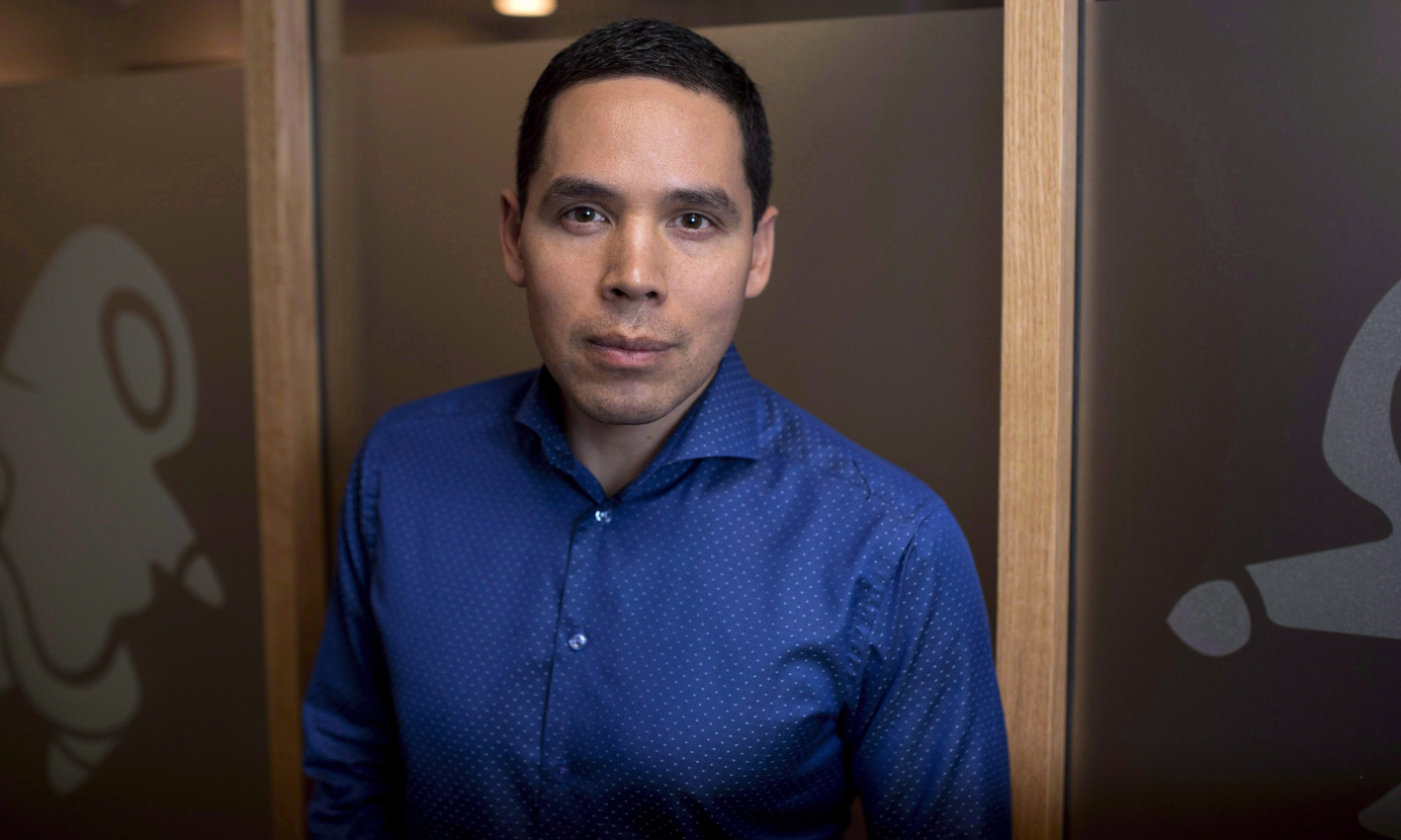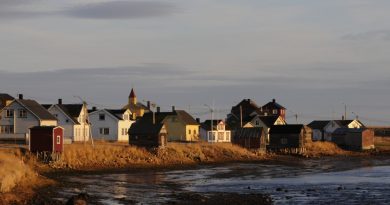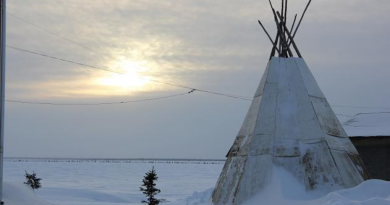Canadian Inuit release suicide prevention strategy

Canada’s National Inuit organization, Inuit Tapiriit Kanatami (ITK), released its National Inuit Suicide Prevention Strategy this week saying the country can no longer ignore the mental health crisis in the North.
“To overturn the now 30-year high rates of suicides in our communities, we need to think big and we need the Canadian community to think big with us ,” Natan Obed told Eye on the Arctic in a telephone interview this week from Ottawa.
The national strategy says six key areas need attention and investment to stem the suicide crisis in the North:
- ensure access to safe housing, food and environment
- reinforce Inuit culture
- focus on childhood education and family support
- make sure Inuit have reliable and ongoing access to mental health services
- healing historical and intergenerational trauma
- using Inuit knowledge to create resilience and promote Inuit-led research
“A large part of the reason why we have poor mental health, the reason there are a multitude of risk factors present in our communities, is because of our recent history,” Obed said.
“Moving beyond that history is going to take resources to build social equity. That’s a pillar of what we want to talk about.”
Social upheaval
Colonialism, forced settlement and lack of access to services has lead to high suicide rates in Inuit communities around the circumpolar North in Russia, Alaska, Greenland and Canada.
On average, the rates of suicide among Canada’s Inuit are 10 time the national average.
But on a regional level, the statistics are even more alarming. In Nunatsiavut, the Inuit-self governing region in the Atlantic Canadian province of Newfoundland and Labrador, a study found suicide rates were 20 times higher for Inuit than that of non-indigenous people in the province.
Before the Canadian government moved the semi-nomadic Inuit into communities and children were taken to residential schools, suicide was rare in Inuit society, Obed says.
But from the 1970s on, the rates skyrocketed.
“The holistic approach that we’re taking about (in the national strategy) is something that is very important,” he said. “It isn’t a one problem, one solution type of issue.”
Rallying Canada
The federal government has pledged $9 million for Inuit-specific approaches to improving mental wellness.
“We are committed to working directly with Inuit leaders on issues that are important to them, including turning the tide of suicide that is having a devastating impact on Inuit youth, families and communities,” Health Minister Jane Philpott said in a statement.
Obed said there’s been approximately 745 suicides among Canada’s 60,000 Inuit within just the last 15 years. He asks Canadians to consider what that would mean in a southern community of the same size like Fort McMurray.
“Imagine that there were that many suicides over the past 15 years in that community in Alberta,” Obed said.
“There would be mobilization at the national level to do something and to help. But because (Inuit) are scattered across 35 per cent of Canada’s land mass and because we’re a population that is a marginal and a minority population, we still have to convince Canadians that this is an issue they need to care about.”
Write Eilís Quinn at eilis.quinn(at)cbc.ca
Related stories from around the North:
Canada: Nunavut declares suicide crisis in territory, Eye on the Arctic
Finland: OECD ‘concerned’ over high suicide rates in Finland, YLE News
Russia: Why high suicide rates in Arctic Russia?, Blog by Deutsche Welle’s Iceblogger
Sweden: Gender stereotypes behind high suicide rate, Radio Sweden
United States: Confronting suicide in Alaska, Alaska Dispatch News



